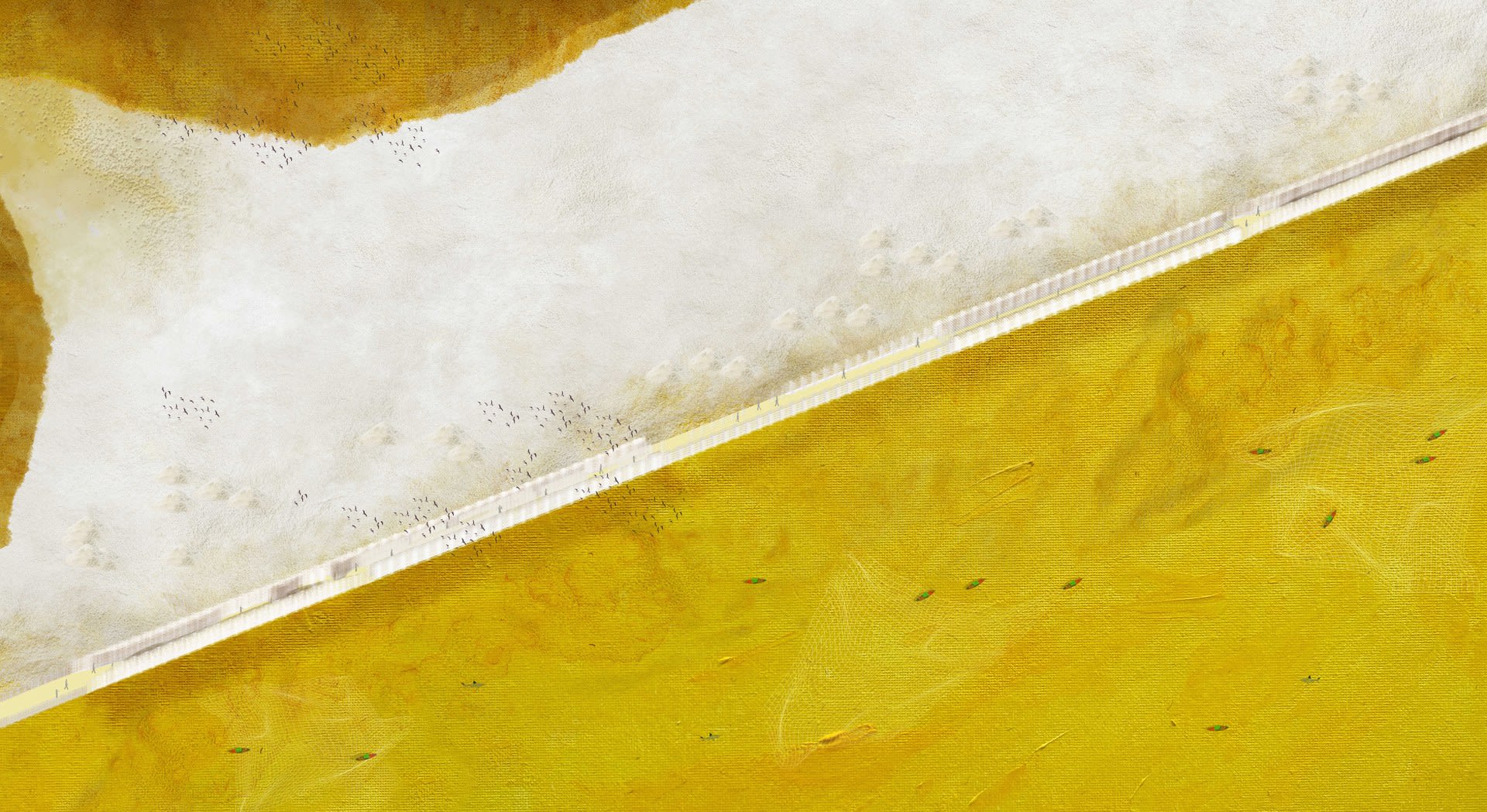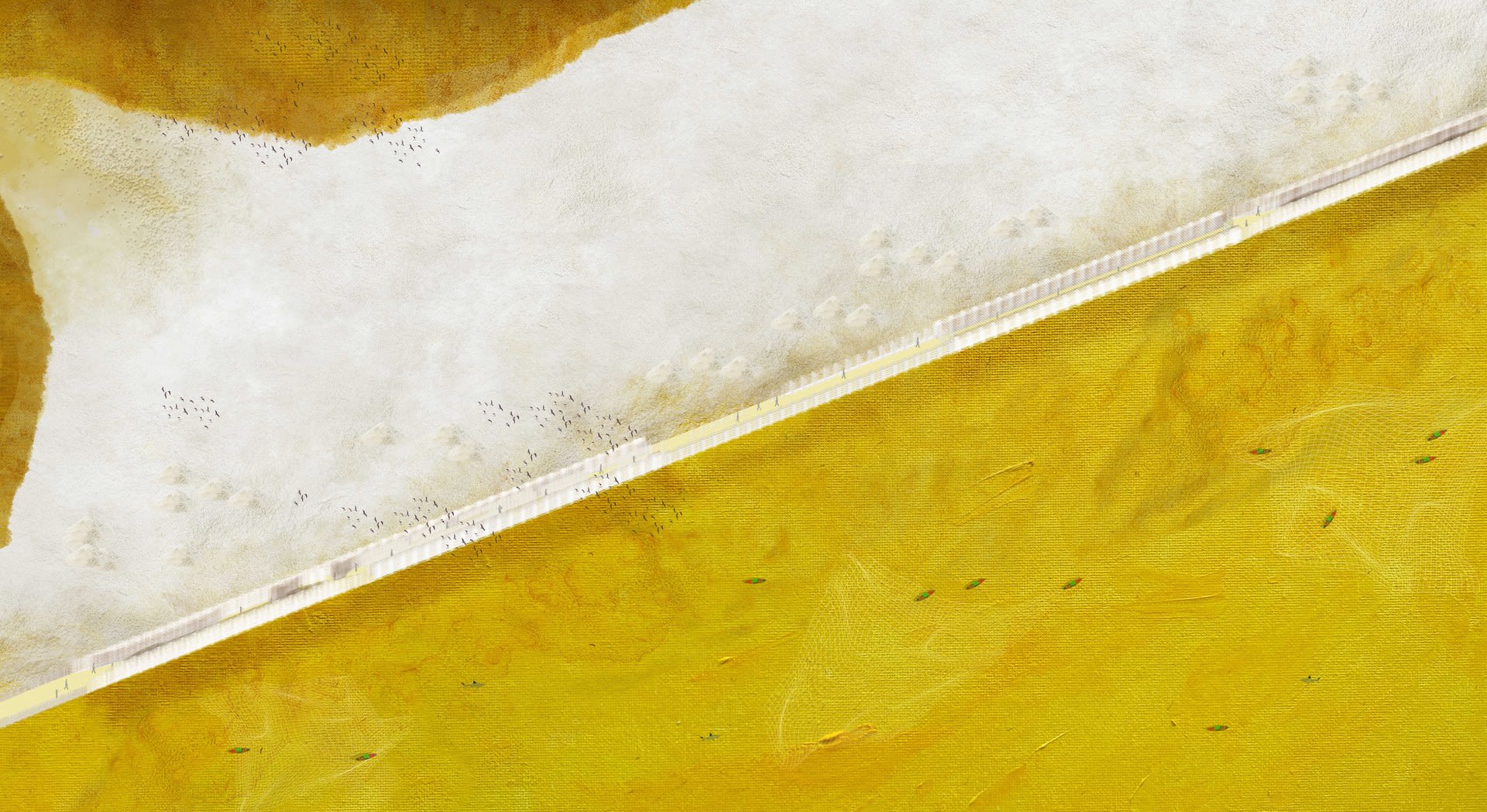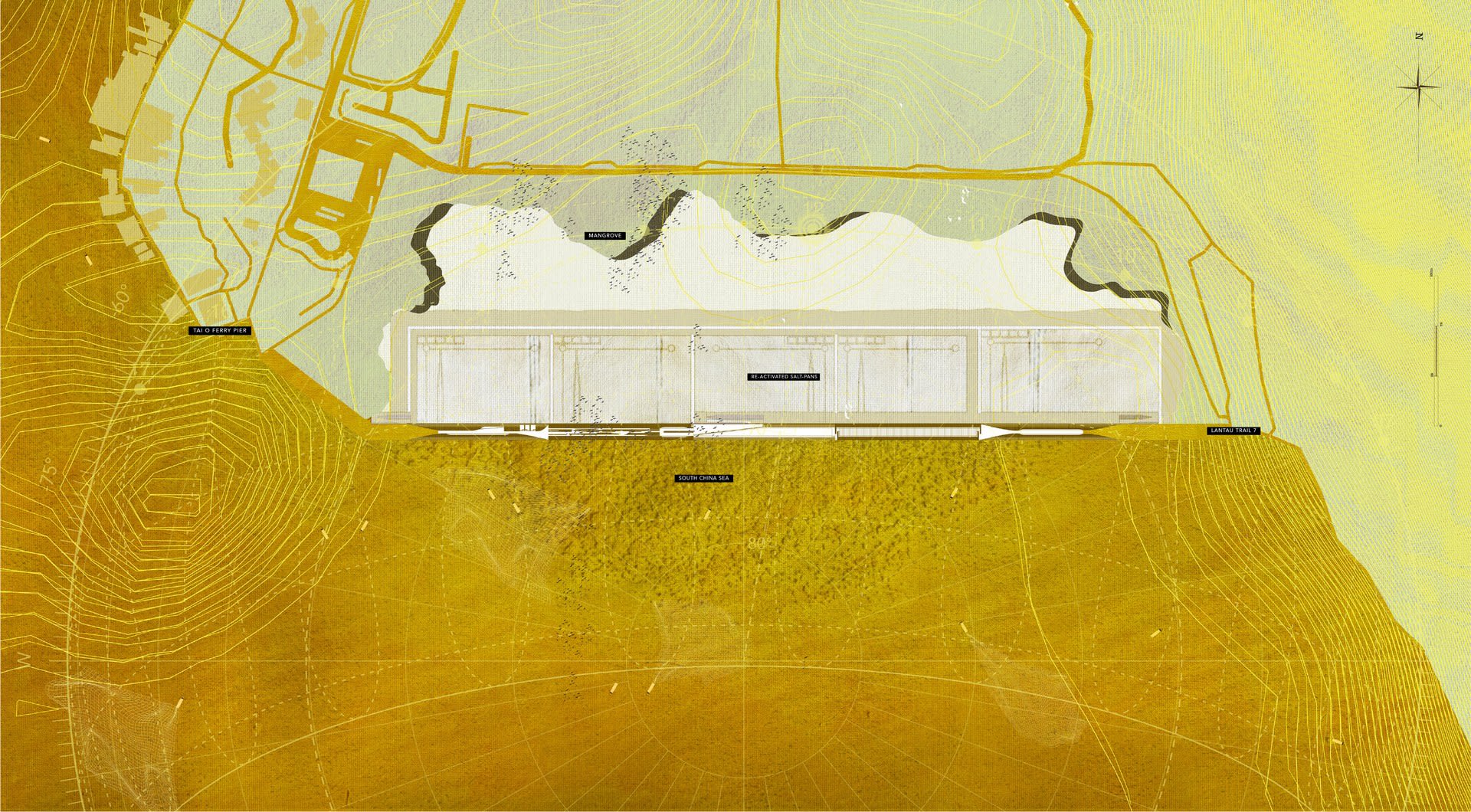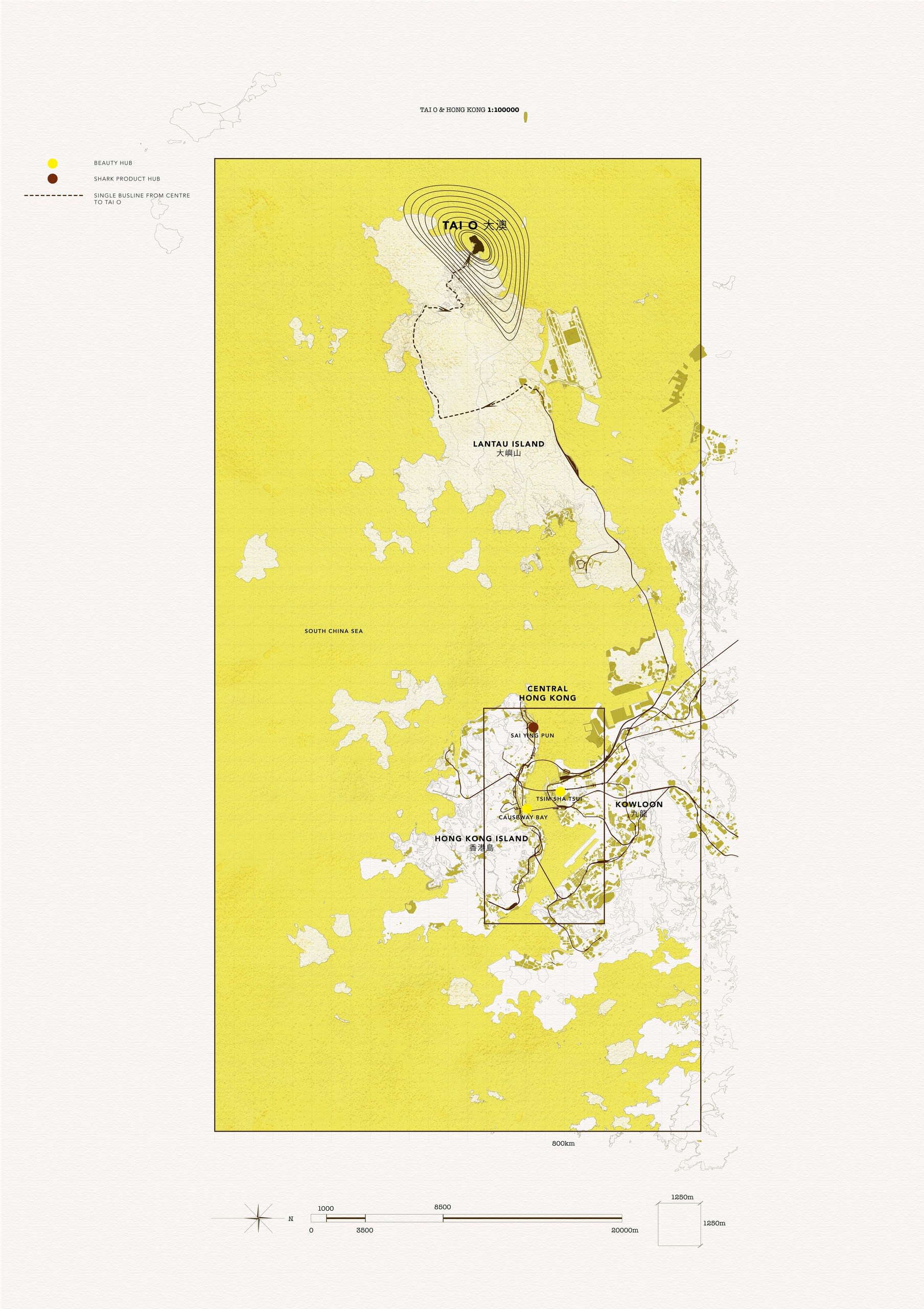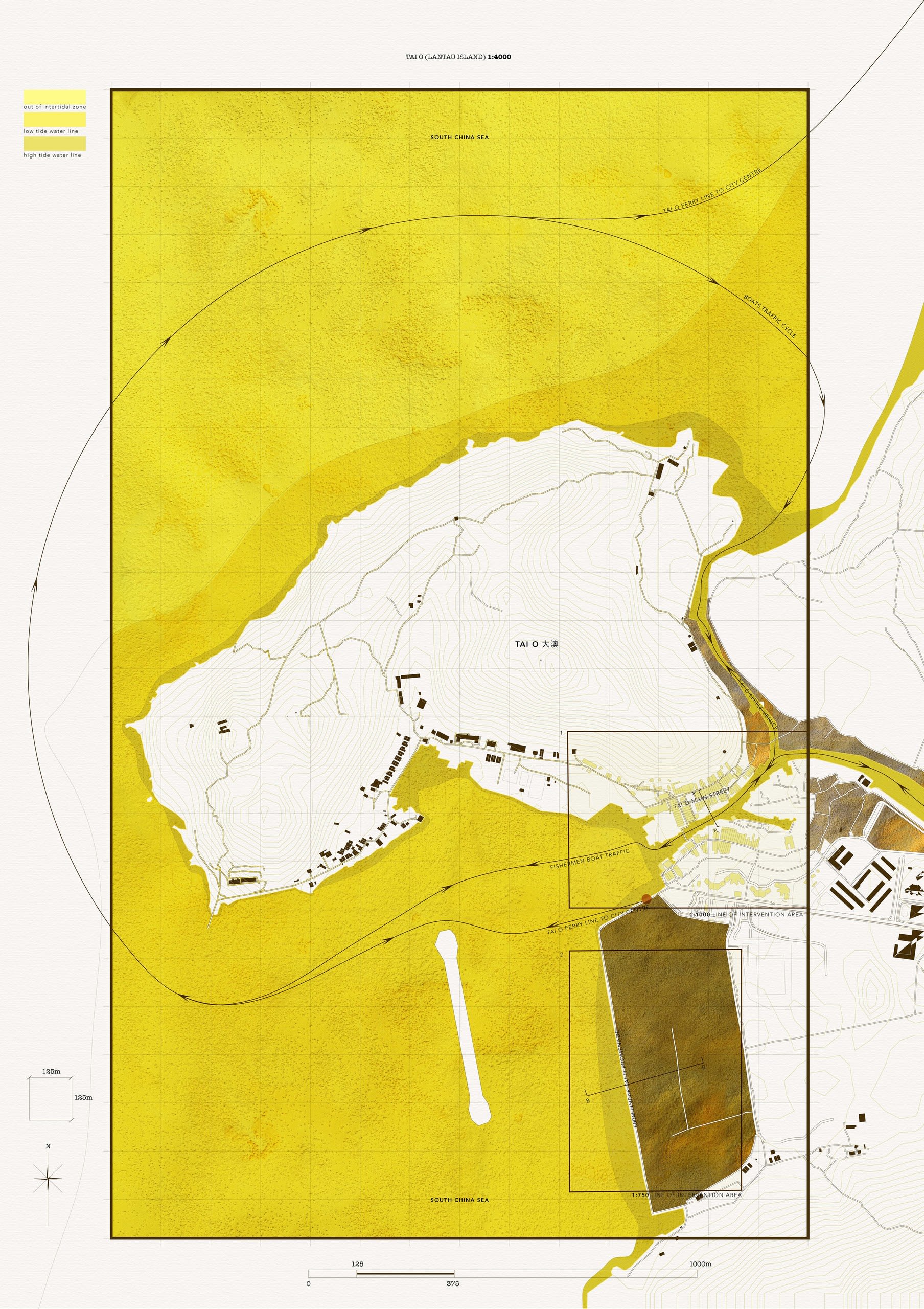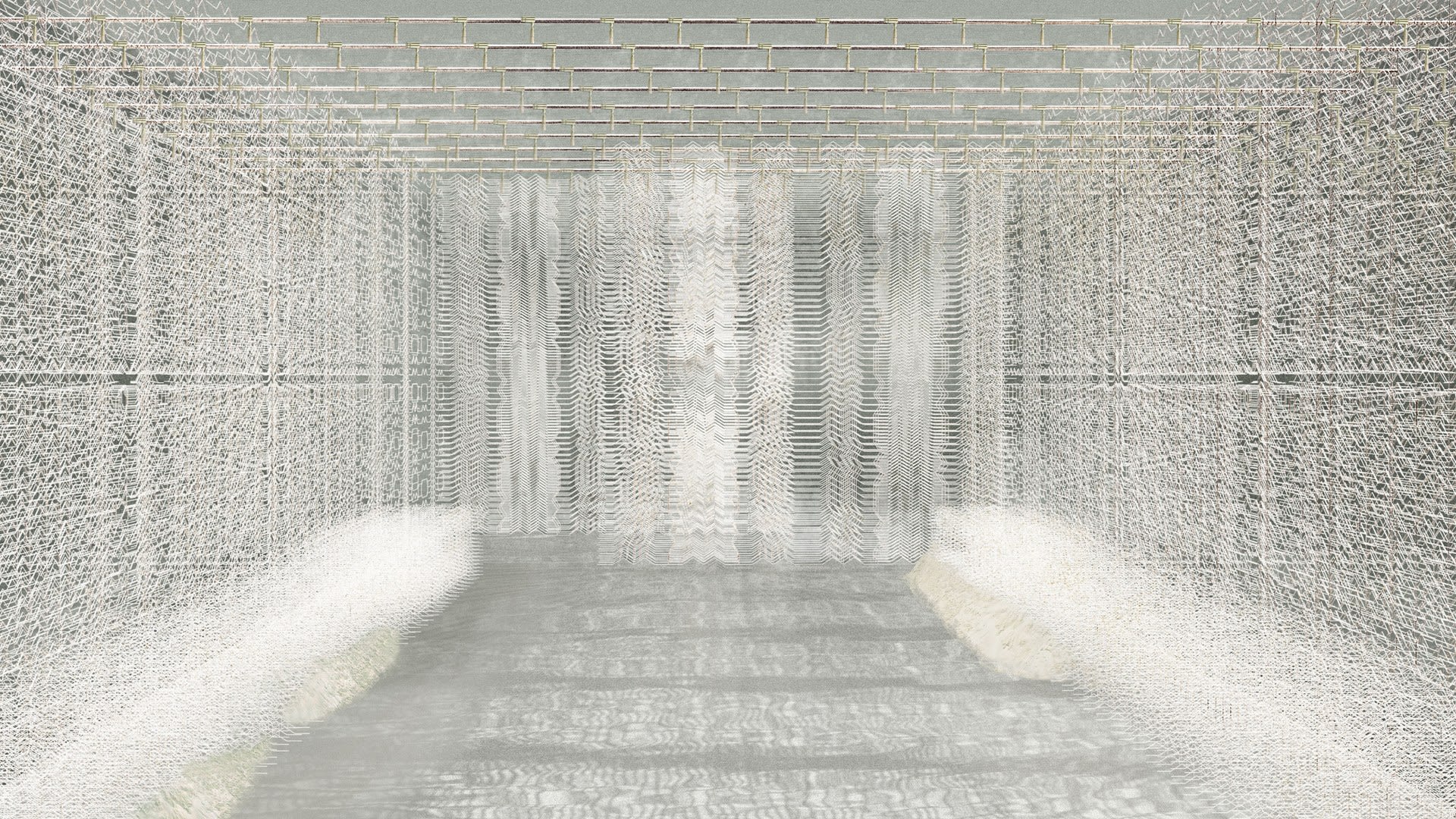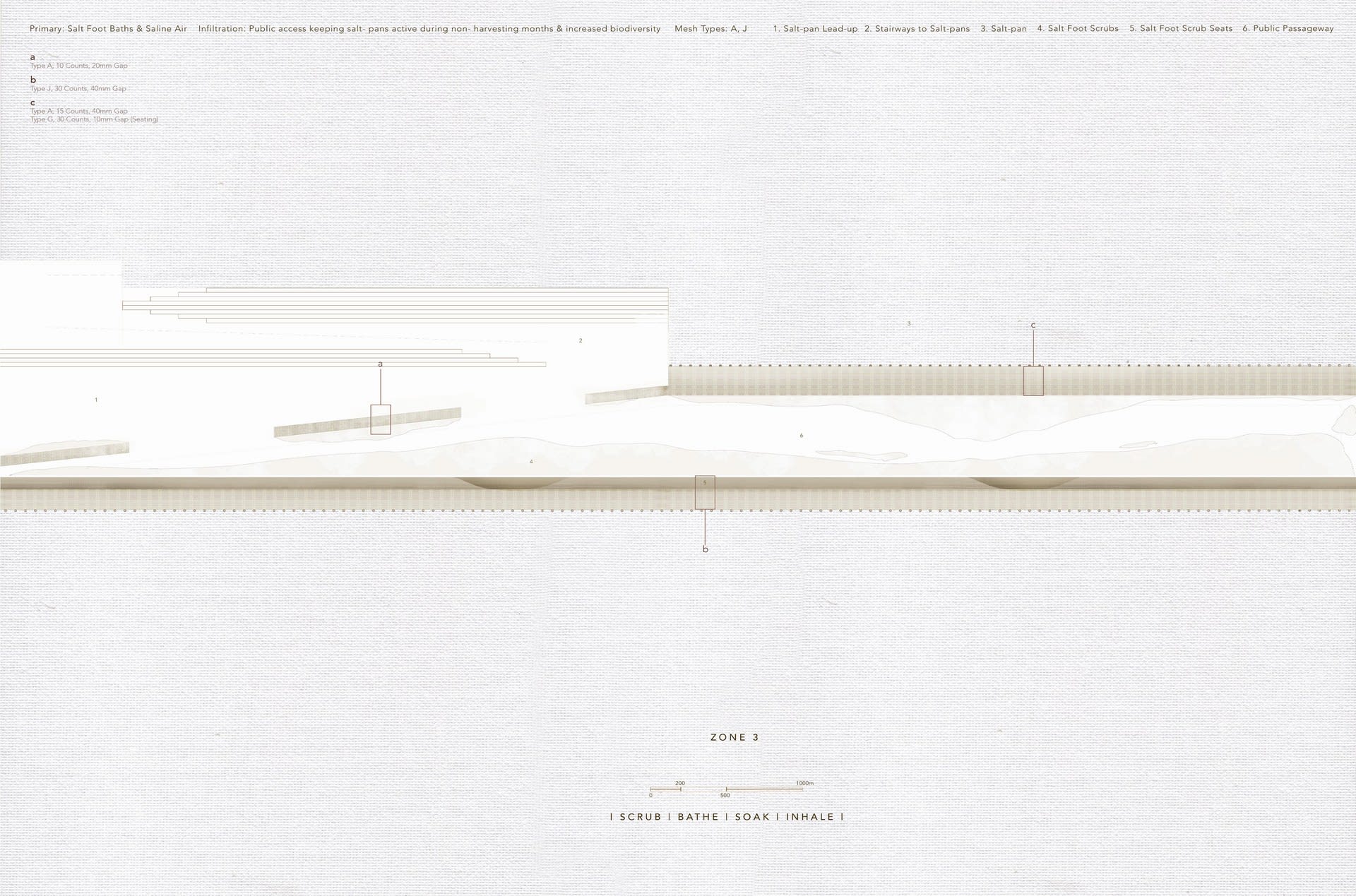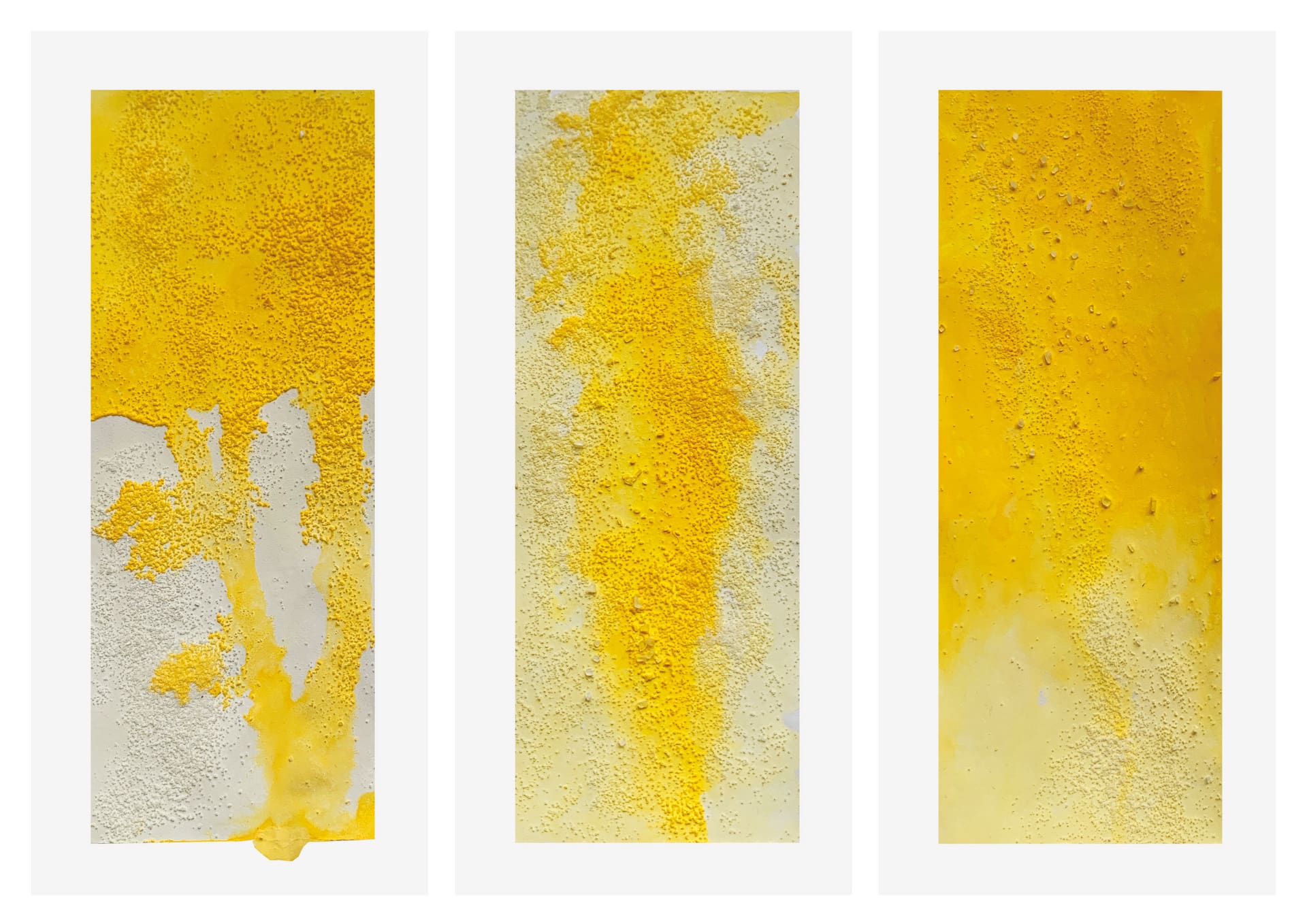Anyu is an architectural designer and illustrator from Hong Kong but currently based in East London. Her interest lies in connecting perception to reality. In particular, using spatial qualities as tools to define the relationship and tension between one’s mental assumption, and one’s relationships with the environment. Her focus is on how one's spatial action can affect, improve, and assist wildlife conservation.
Anyu graduated from The Chinese University of Hong Kong in 2016 with both Outstanding Drawing Award and Selected Project for Exhibition of the Year for her final project. Upon graduation, Anyu has worked in both Hong Kong and Tokyo as an architectural assistant in Rocco Design Architects Associates, Shigeru Ban Architects (坂茂建築設計), and IDA, Tokyo with works ranging from small scale buildings to large scale master planning. She was also a teaching assistant at the Chinese University of Hong Kong for their architectural summer school. Within the 3 years of working experience, Anyu has entered international architectural competitions where her proposal for Hilma af. Klint was awarded first prize as well as other shortlisted entries.
Since 2014, Anyu has been operating RealityCheques (@realitycheques) where she explores the combination of architecture and illustration.
